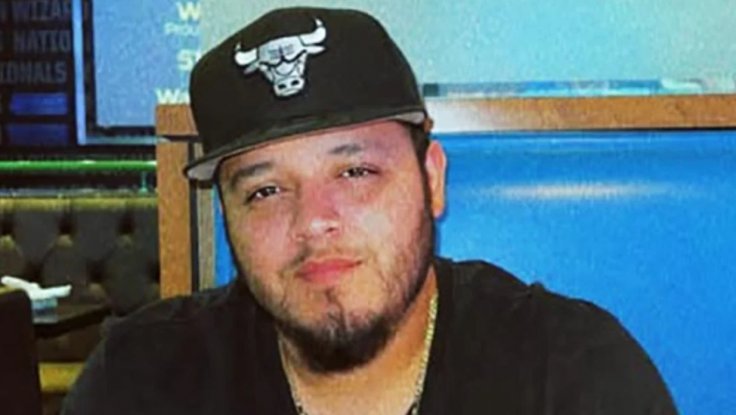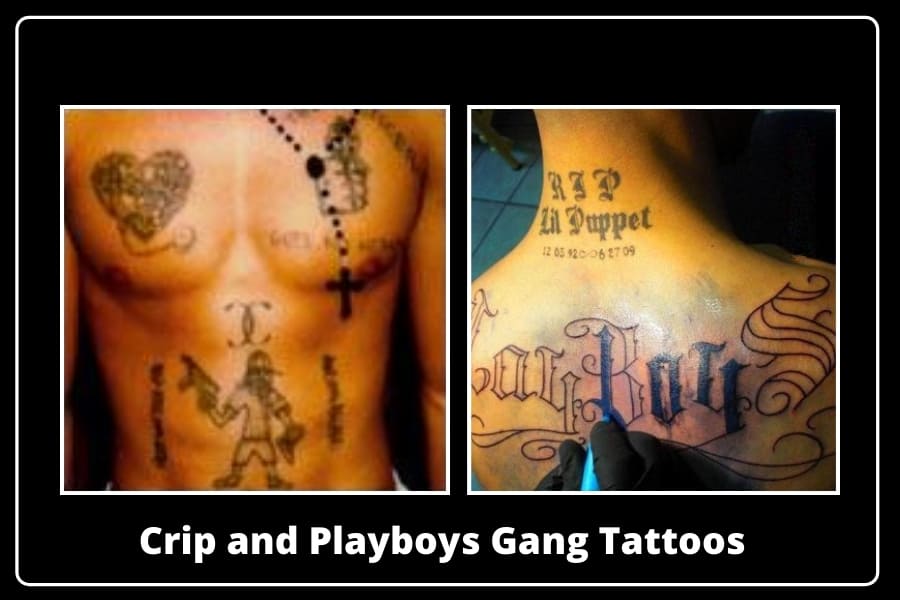Ms. 13, also known as the Mara Salvatrucha, is a notorious transnational criminal organization with a strong presence in Central America and the United States. The gang members are known for their distinctive tattoos, which serve as a form of identification, display of loyalty, and a means to communicate their status and experiences within the gang. In this article, we will delve into the world of Ms. 13 tattoos, exploring their significance, symbolism, and the unique culture they represent.
The Significance of Tattoos in Ms. 13 Culture

Tattoos hold immense importance within the Ms. 13 gang culture. They are more than just body art; they are a visual representation of an individual’s commitment to the gang and their place within its hierarchy. Getting tattooed is a rite of passage for many members, and the process often involves pain and endurance, reflecting the gang’s emphasis on toughness and resilience.
Ms. 13 tattoos serve multiple purposes. Firstly, they act as a form of identification, allowing members to recognize each other instantly, even across different territories. This is crucial for gang members who frequently relocate or travel to maintain connections with their network.
Secondly, tattoos symbolize loyalty and dedication to the gang. Members often get tattoos to commemorate significant events, such as their initiation, acts of violence, or time served in prison. These tattoos serve as reminders of their commitment and the sacrifices they have made for the gang.
Symbolism and Meanings Behind Ms. 13 Tattoos

Ms. 13 tattoos are rich in symbolism, with each design holding specific meanings. Understanding these symbols provides insight into the gang’s culture and the experiences of its members.
The Number 13
The number 13 is perhaps the most iconic and prevalent symbol in Ms. 13 tattoos. It represents the gang’s name, Mara Salvatrucha, and is often displayed in various creative ways. The number 13 can be seen as Roman numerals (XIII), in Arabic numerals, or even as a series of dots or lines. It signifies the gang’s identity and serves as a constant reminder of their affiliation.
Gang Names and Initials
Many Ms. 13 members get tattoos of their gang names or initials. These names, often chosen by the members themselves, are a way to assert their individuality within the gang. They can also indicate the member’s role or position within the hierarchy. For example, a member with the name “Killer” might have a tattoo that incorporates a dagger or a menacing figure.
Religious and Spiritual Symbols
Despite the gang’s reputation for violence, Ms. 13 members often incorporate religious and spiritual symbols into their tattoos. This reflects the cultural heritage of many gang members, who come from predominantly Catholic or Christian backgrounds. Crosses, saints, and religious figures are commonly seen in their tattoos, sometimes combined with gang-related imagery.
Animals and Totems
Animal tattoos are popular within the Ms. 13 culture, often symbolizing strength, agility, or specific traits associated with the gang. For instance, a wolf tattoo might represent loyalty and pack mentality, while a serpent tattoo could signify cunning and stealth.
| Animal | Symbolism |
|---|---|
| Wolf | Loyalty, pack mentality |
| Serpent | Cunning, stealth |
| Owl | Wisdom, night vision |
| Dragon | Power, strength |

Flags and Geographic Symbols
Ms. 13 members often have tattoos representing their homeland or the countries they have strong connections with. These tattoos can include national flags, maps, or symbols associated with specific regions. For instance, a member with roots in El Salvador might have a tattoo of the Salvadoran flag or the country’s coat of arms.
Tattoos as a Record of Crimes
One of the most intriguing aspects of Ms. 13 tattoos is their use as a visual record of a member’s criminal activities. Gang members often get tattoos to commemorate acts of violence, such as murders, assaults, or robberies. These tattoos can be extremely detailed, with intricate designs that tell a story of the crime committed.
For example, a tattoo depicting a knife stabbing a heart could symbolize a murder committed by the gang member. Each element in the tattoo has a specific meaning: the knife represents the weapon used, the heart represents the victim, and the overall design serves as a reminder of the member's violent past.
Tattoo Removal and Rehabilitation
With increasing efforts to combat gang activity and provide rehabilitation programs, some former Ms. 13 members are opting to remove their tattoos. Tattoo removal is a challenging process, often requiring multiple sessions and specialized laser treatments. However, it is a necessary step for many individuals seeking to leave the gang lifestyle behind and reintegrate into society.
Rehabilitation programs, such as those offered by non-profit organizations and government initiatives, provide support and resources for former gang members. These programs help individuals learn new skills, find employment, and rebuild their lives without the influence of the gang. Tattoo removal is often a crucial part of this process, as it helps individuals break free from the visual associations with their past.
The Future of Ms. 13 and Tattoo Culture
As law enforcement agencies and communities continue to address the challenges posed by gangs like Ms. 13, there is a growing focus on prevention and rehabilitation. While tattoos remain a significant aspect of gang culture, there are indications that the next generation of gang members may have different attitudes towards them.
Some younger members are opting for less permanent forms of body art, such as temporary tattoos or henna designs, which can be easily removed. This shift suggests a potential change in the gang's culture, where tattoos may become less of a lifelong commitment and more of a temporary expression of affiliation.
Additionally, as society becomes more accepting of diverse forms of self-expression, there is a growing awareness of the challenges faced by former gang members seeking to reintegrate. This includes understanding the significance of tattoos within gang culture and providing support for individuals who wish to remove them as part of their personal transformation.
Conclusion

The world of Ms. 13 tattoos offers a unique insight into the gang’s culture, values, and experiences. From the iconic number 13 to the intricate stories told through tattoo art, these body markings are a powerful representation of the gang’s identity. As we understand the symbolism and meanings behind these tattoos, we gain a deeper appreciation for the complex and often misunderstood world of gang culture.
The future of Ms. 13 and its tattoo culture is uncertain, but with ongoing efforts to combat gang activity and provide rehabilitation, there is hope for positive change. By addressing the root causes of gang involvement and offering support for those seeking a new path, we can work towards a future where tattoos are no longer a defining feature of a person's past, but a choice made with freedom and self-expression.
What does the number 13 represent in Ms. 13 tattoos?
+
The number 13 represents the gang’s name, Mara Salvatrucha, and is a symbol of their identity and affiliation.
Are Ms. 13 tattoos only for gang members?
+
While Ms. 13 tattoos are primarily associated with gang members, it’s important to note that not all individuals with similar tattoos are necessarily part of the gang. Tattoos can be cultural or personal choices unrelated to gang affiliation.
Can tattoos be used to identify gang members during investigations?
+
Yes, tattoos can provide valuable clues during gang-related investigations. Law enforcement often uses tattoo analysis to identify gang members, understand their hierarchy, and gather evidence for criminal cases.
What are the challenges of tattoo removal for former gang members?
+
Tattoo removal can be a lengthy and expensive process. Former gang members may face financial barriers and the physical discomfort of multiple laser treatments. Additionally, the social stigma associated with gang tattoos can make the removal process emotionally challenging.